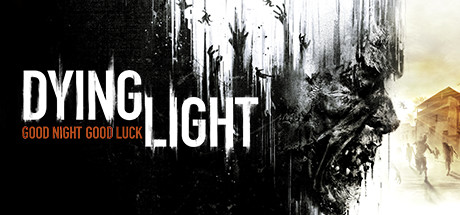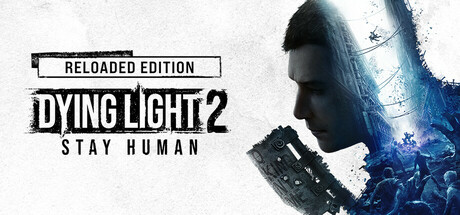The Dying Light franchise has become a fan-favorite for its unique blend of parkour, survival horror, and intense zombie combat. From the streets of Harran to the sprawling city of Villedor — and even the monstrous transformation in The Beast — each game offers a different flavor of undead chaos.
Today, we're ranking all main entries in the Dying Light series from best to worst based on gameplay, story, innovation, and replay value.
1 Dying Light (2015) — The Undisputed Classic

When the first Dying Light dropped in 2015, it was a game-changer for zombie survival titles. Combining fluid parkour with brutal melee combat and a terrifying day-night cycle, it created a formula that still holds up today.
Why It's the Best
- Perfect mix of parkour, melee combat, and survival elements
- Day/Night cycle that genuinely changes gameplay and ramps up the horror
- Memorable setting in Harran with a gritty, lived-in feel
- Strong replay value with tons of side quests, challenges, and loot hunting
- Excellent DLC support including The Following expansion
Weak Points
- Story is serviceable but not groundbreaking
- Some parkour mechanics feel slightly dated compared to newer entries
- Early game can be punishingly difficult for new players
Verdict
A masterpiece that set the gold standard for the franchise. Even after all these years, Dying Light 1 still has a strong modding community, making it a game you can keep coming back to.
2 Dying Light 2: Stay Human (2022) — Ambitious but Divisive

Dying Light 2 took a bold step with bigger cities, branching choices, and expanded parkour. While it improved in many areas, some fans felt it lost some of the original's magic.
Strengths
- Larger and more vertical map design for creative parkour routes
- Choice-driven narrative that impacts factions, city layout, and missions
- Improved graphics and fluid parkour animations
- Plenty of post-launch updates and DLC support
- More RPG elements and character progression
Weak Points
- Story pacing can feel uneven
- Combat is less gritty compared to DL1's raw melee feel
- Some launch bugs hurt its reputation early on
- Night time isn't as terrifying as the first game
- Less focus on pure survival mechanics
Verdict
Bigger, prettier, and choice-heavy — though it sometimes loses the raw tension of the first game. Still, DL2 is a worthy sequel, especially after updates have polished many rough edges.
3 Dying Light: The Beast — A Dark Evolution

The newest and most experimental title in the series flips the script — instead of surviving the outbreak, you become the nightmare. This bold direction divided fans but offered something fresh.
Why It Stands Out
- Play as The Beast, a terrifying hybrid of human and infected
- New gameplay style focusing on predatory hunting instead of survival
- Dark, atmospheric storytelling that explores the consequences of mutation
- Intense multiplayer modes where players can hunt each other
- Unique skill tree focused on monstrous abilities
Drawbacks
- Smaller in scope compared to DL1 and DL2
- Not ideal for players who prefer human survivor gameplay
- Limited open-world elements compared to mainline games
- Short campaign length
- Some mechanics feel underdeveloped
Verdict
A bold experiment that offers something fresh, though it may not appeal to all fans. Worth playing for the unique perspective, but doesn't replace the core Dying Light experience.
Final Thoughts
Whether you prefer the raw survival tension of Dying Light 1, the expansive city and choices of Dying Light 2, or the predatory thrill of The Beast, each entry in the series has its own identity. But if we're talking about the perfect balance of gameplay, horror, and replay value — the original Dying Light still wears the crown.
The series continues to evolve, and with Techland promising at least 5 more years of support for Dying Light 2, the future looks bright for fans of zombie parkour action. Where would you like to see the franchise go next?